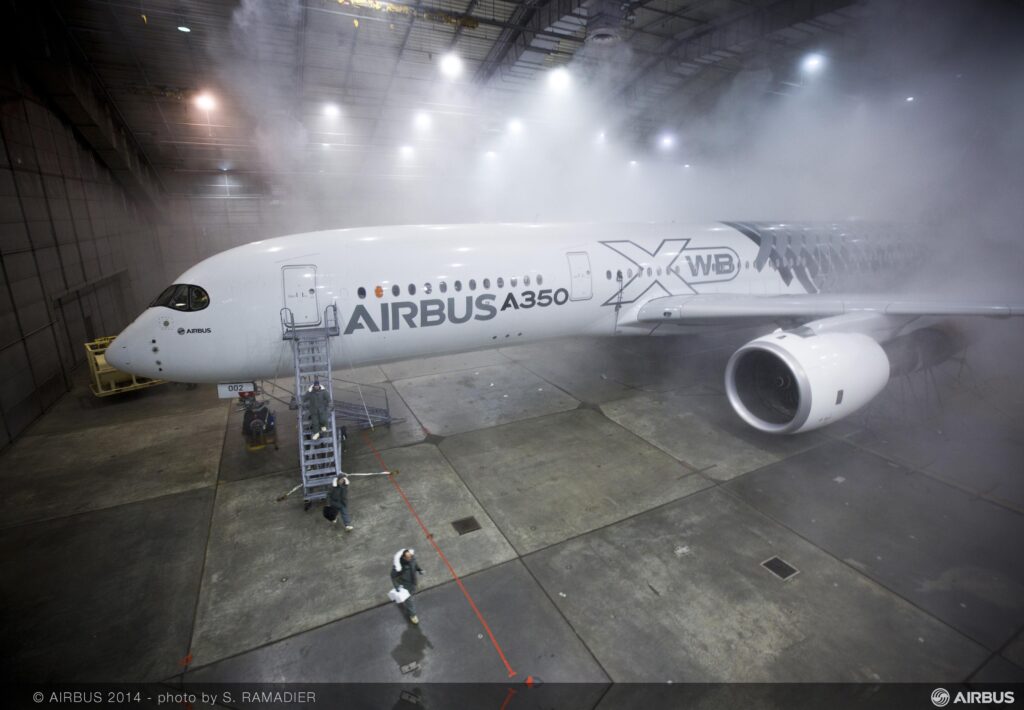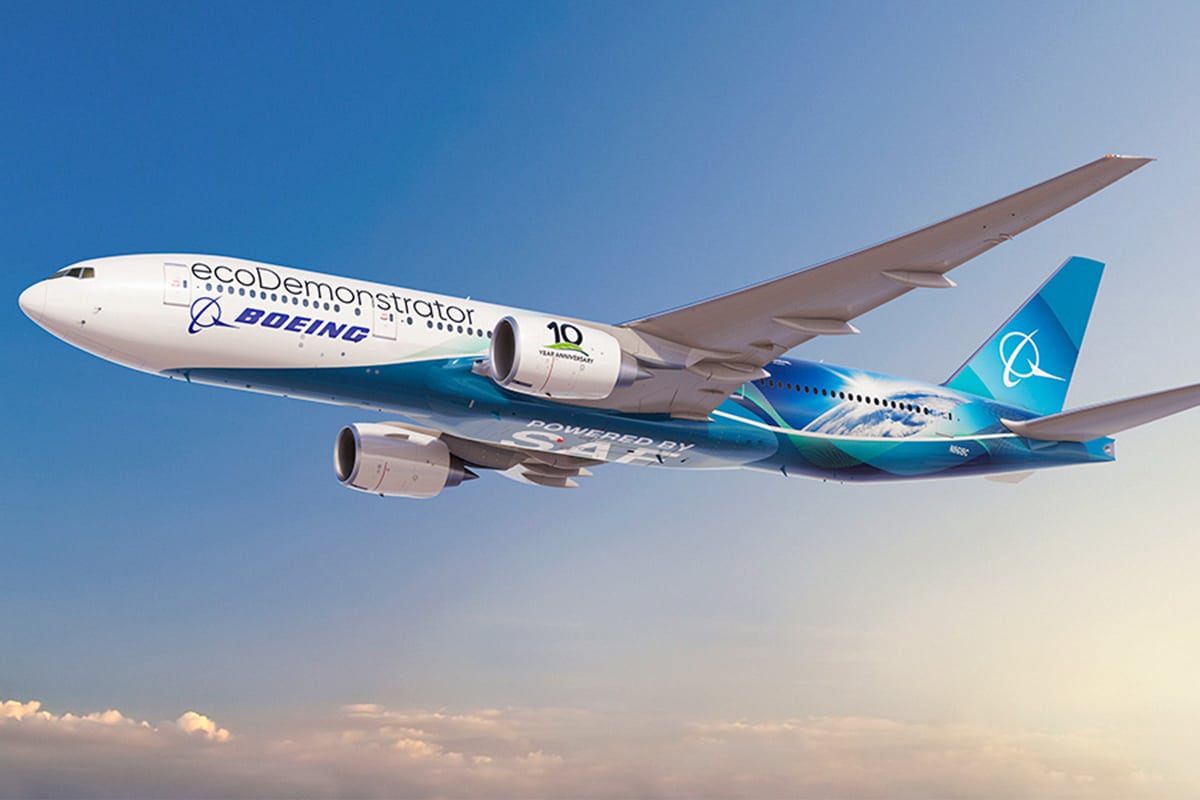The Need for Sustainable Aviation: Why Boeing Should Produce the Boeing 797
Will the Boeing 797 ever go in production? We say yes – but not until 2030 at the very least. This article will examine Boeing’s New Midsize Aircraft (NMA) and how its delay could be a loss for our sustainability goals.
We need a new generation of Aircraft. The B737 is 50 years old, the A320 is 30. We need aircraft that can take advantage of digitalization and emerging propulsion types and fuels.
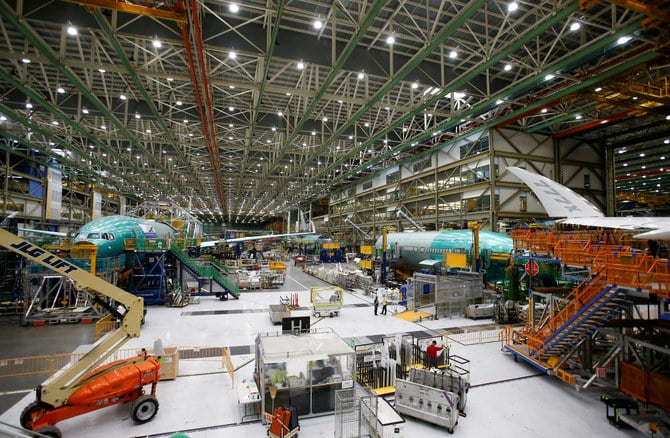
The Boeing 797 is touted as a 220-270 seater and so a replacement for not one ageing Boeing type, but two. The B757 and the B767. It would also be a direct competitor to the Airbus A321 family (180-220 seats) It would fill the “gap” in Boeings portfolio between the B737-1000 and the B787 (250-350 seats). The B787 started production 20 years ago.
Should the Boeing 797 Midsize Aircraft be revived?
100% yes! Here’s our reasons:
Reason One: Lessons from Max and Dreamliner
There has been serious issues on both the B737Max and the B787 as we know. But Boeing will have learned from their mistakes. They are impeccable design engineers and these are iterative processes.
Reason Two: B757/B767 Replacements
The B757 and B767 fleets need replacing. The B797 would allow Boeing to re-invent the Twin-Engine, Twin-Isle market with ever-evolving materials, systems and propulsion. Boeing need to opt-out of type variants and move to clean-sheet. The B737 Design goes back to 1963.
Reason Three: Market Demand
Covid was the death-knell for the B747 and the A380 Jumbos. Long-Range, Twin Isle aircraft will dominate the market for the next 30 years, minimum. While we wait for Blended-wing aircraft (or whatever new design is needed to carry and burn Hydrogen or e-fuels) the NWA is what the market is demanding.

pilotinstitute
Are You Ready To Take Off?
Pass the FAA Private Pilot test with flying colors. Achieve your dreams of flying an airplane.
Reason Four: Sustainability Gains
A New design SHOULD deliver strong single-digit gains. Much like the B737-1000 LEAP Engine, new engine technologies are arriving in the next 5-10 years. We will have the CFM RISE is coming and Pratt and Whitney will have the PW1000 GTF. We will need new airframes to capitalize on these powerplant upgrades.
Reason Five: Cargo
B767Fs, B757Fs, A310Fs and A330F are the vast majority of the wide-body freighter market. With the A330F pushing the boundaries in terms of metal v payload, the Boeing B797 would be perfect. And a more efficient and lighter airframe would make it a diamond. One of the biggest airline groups in the world by revenue… FedEx.
How will the B797 New Midsized Aircraft look ?
So where does the Boeing B797 “fit” into the B Family of Commercial Airplanes? We believe it will replace the B767 and be a widebody, twin isle aircraft taking key designs from the B787. Boeing has designated two versions with priority given to the NAM-7X (B797-7) with 275 seat capacity and a 4,500 nm range. And later the NMA-6X (B797-6) with 225 seats but a 5,000 nm range. Boeing studies show a demand forecast at 4,000-5,000 aircraft.l
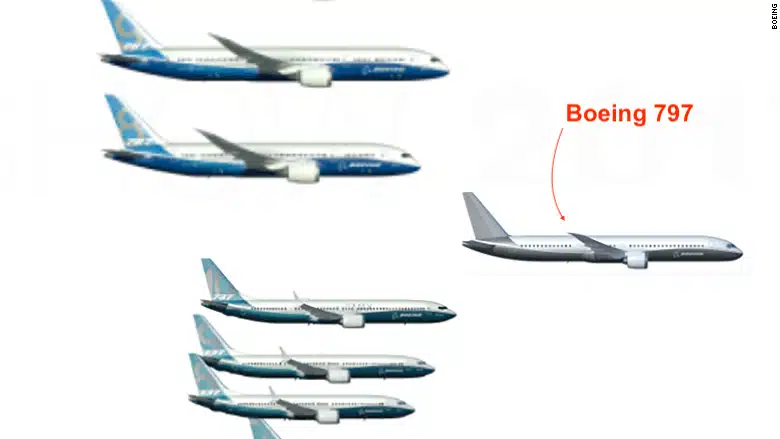
A Widebody is will have a bigger fuel burn per seat figure but the in-cabin experience as well as time spent getting on and off will be far superior for a 2-3-2 layout.
How long does it take to board a narrow-body aircraft ?
Any NMA will most likely use the same composite design and production as the B787. The carbon fiber fuselage offers less weight and a lower cabin pressure better and better humidity for an all round better experience. There’s also the issue of boarding and disembarkation. If the Boeing B797 NMA opts for a narrowbody configuration this will be a six-abreast layout, but getting on and off a single isle aircraft with nearly 300 passengers will lengthen turn around times and frustrate passengers.
Boeing B797 Seat Map - United Airlines
United would be the key operator of the NMA. They currently operate the B757 and B767 and have engaged with Airbus for the A321XLR in a big blow to Seattle. Here is their current B767 LOPA, which would be the most likely configuration for the B797 on those long “thin” routes.

What Airbus Aircraft Will The Boeing 797 NMA Compete With?
The Boeing NMA will compete with Airbus’ A321, A321 XLR, and A350 aircraft. The A321 offers higher passenger capacity for high-demand routes, the A321XLR is more fuel efficient and suitable for short to medium haul flights, and the A350 provides a wide body experience with comfortable seating and amenities.
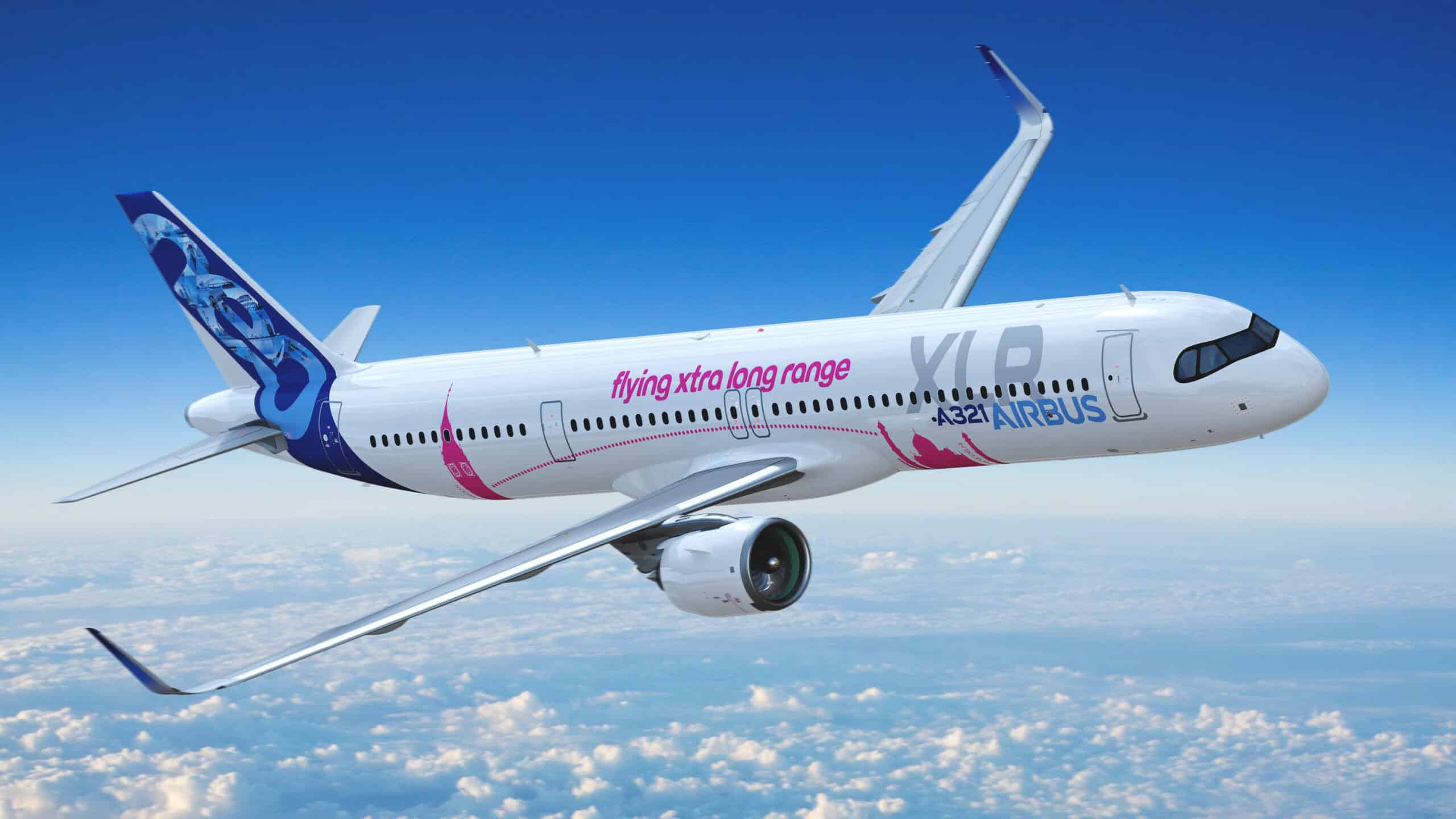
Competition : What makes the Airbus A321neo narrow-body so good?
The Airbus A321 is a class-leader because:
- Capacity: The A321 has a higher passenger capacity than the A320 and B737 – Great for growing routes.
- Flexible Range: It serves short-haul and medium-haul routes. The XLR will reach 5,000 nm.
- Efficiency: It’s fuel-efficient, resulting in lower operating costs.
- Flexibility: Airlines can customize seating and cabin layouts.
- Commonality: It shares common features with other A320 family aircraft – lowering costs.
- Passenger comfort: Wider cabin, spacious interior, and quieter engines.
- Market demand: Strong demand due to versatility and popularity.
Will Airbus develop a new aircraft type?
June 2023 will see the first Paris Air Show in 4 years. Airbus are reportedly far-advanced with new airframes that could take advantage of CFM’s new OPEN ROTOR concept – which could reduce emissions by a further 20% over even next-gen engines. When asked about new aircraft programs, Airbus CEO said this:
“it means a launch of the program in 2027 or 2028, maybe 2030 at the latest. And we are just years away from those days where we need to have the technologies, all the partners ready, the suppliers… we are deploying Digital Design, Manufacturing and Services not only at Airbus but also at aerostructures affiliates Atlantic and Aerostructures”
– Guillaume Faury

Where are Boeing with the B797 today?
In Nov 2022 Speaking to Aviationweek, Boeing CEO commented there was no prospect of a new twin-isle aircraft soon. And not until advances in propulsion and systems are in place.
“We won’t contemplate a new airplane—we won’t even put it on the drawing board until we know we’re capable of doing that – these airplanes get invented about every 15 years or so. They’re not typically invented to fill a niche or some product gap you think you have relative to portfolios – It’s got to be 20% better than the other airplanes that they can buy in the existing portfolio. There is nothing proven in the propulsion side of the house—nothing—that’s going to deliver that in this decade”
– Dave Calhoun, CEO Boeing
Will it be Boeings biggest Airplane?
No. The Boeing B797 would fill the gap between the B757 and the B787. The 220-275 seat market. Sometimes dubbed the mini-widebody, the B797 should offer that top tier experience but with lower operating costs per seat.
Boeing 797 Concept Engine Options
The engine selection process for the potential Boeing NMA will be comparable to that of the Boeing 777-200LR/300ER in the late 1990s. That had a significant impact on the turbofan industry. GE, Pratt & Whitney, and Rolls-Royce were significant competitors at the time.
As aircraft technology advanced, the 45,000 lbf (200 kN) thrust that was common in first-generation high-bypass-ratio turbofans in the 1960s became outdated. The market trend shifted to favor motors with bypass ratios of 10:1 or higher and overall pressure ratios exceeding 50:1. The 45,000 lb thrust is lower than the Rolls-Royce Trent or GEnx engines for widebody planes, but it is also less than the CFM LEAP or Pratt PW1000G engines for single-aisle planes.
The Boeing B797 NMA’s available engines are less powerful than the 50,000 lbf (220 kN) cap imposed by CFM International. The GE9X core may be scaled down by GE to fit a new low-pressure system, but Pratt may scale up from the PW1133G used in the A321neo to produce the required thrust. Rolls-Royce won’t take part it seems, with their main attention is on their more powerful 100,000lb engine. GE has stated that it feels the market may not warrant a three-way competition, leaving the NMA with a maximum of two manufacturers.

TRAKRACER
Hone your aviation skills with these great flight simulator products from TrakRacer.
Get yourself in the sky today and feel what it’s like to be a pilot!
What name might come after B797?
No one Knows. Here’s our best Guesses:
- They’ll take a leaf out of the 777 and use 333 and 444.
- They will just modify the last digit – such as 738 or 789
- They’ll start replacing the 7 with an 8. Such as B838 B848 and B888. We think that could be kinda cool.
Where did the "7" concept come from?
One hypothesis holds that the number “7” was selected because it was seen as lucky or aesthetically beautiful, although only William Boeing knows for sure. Another hypothesis contends that the number “7” was selected to represent the growth and technological achievements that Boeing’s jet aircraft represent.
When Boeing began adopting the “7” series in the 1950s, it was changing from propeller-driven aircraft to jet-powered aircraft, which were regarded as the state-of-the-art technology at the time. The inclusion of the number “7” may have been intended to represent the advancement in aviation technology that Boeing was aiming for. Other aircraft at the time were DC-3, L1011 and the CV240. Short for Douglas Company and Convair.
Will the aircraft design of the B797 Boeing midsized be based on the Dreamliner?
We say yes. The use of composite materials is here to stay with the B787 and the A350 both comprising of 50% composite materials. Mainly in the fuselage and Wings. Here’s a great video on the final assembly:

Composite Fuselage and Wings
The Boeing 797, commonly referred to as the New Midsize Airplane (NMA), is a design idea that Boeing is examining for a prospective new aircraft model. The 797/NMA targets a capacity range of 200 to 300 passengers in an effort to bridge the market gap between narrow-body and wide-body aircraft. It is intended to be a very fuel-efficient aircraft with a long range. The 797/NMA is designed to meet airlines’ needs for a flexible aircraft that can fly both medium- and long-haul routes while providing more efficiency, improved passenger comfort, and reduced operating costs than current aircraft types. However, it’s crucial to remember that the 797/NMA had not yet been formally introduced, and its precise characteristics and naming were unknown as of my most recent knowledge update in September 2021.
Where does the Boeing 787 Dreamliner 8, 9, & 10 fit in all this?
The 787-8, 787-9, and 787-10 are the three primary models that make up the Boeing 787 Dreamliner family. The Boeing wide-body, long-range aircraft lineup includes these types. The Dreamliner series made a number of technological innovations and enhancements to operational performance, passenger comfort, and efficiency.
The initial model, the 787-8, had a normal two-class arrangement that could accommodate about 242 passengers. Compared to earlier generations of aircraft, it has a greater range capability and is suitable for medium- to long-haul travel. An expanded variant of the -8, the 787-9, can carry up to 296 passengers and has a longer range. It offers airlines a versatile choice for a range of route lengths. The largest variation, the 787-10, maintains the efficiency and comfort of the Dreamliner family while having a higher passenger capacity of about 330. It is suited for shorter-range flights.
B797 Aircraft Market
In order to understand the potential B797 Boeing we need to consider it from a historical context as well as current airline capacity and route development trends. For example, Covid killed off the B747 and the A380, with the A380 making a brief curtain call due to the lack of new-production widebody aircraft in a supply-chain hit industry. Why? It’s a complicated issue but it can be summed up with “airlines prefer to match capacity with demand (higher load factors) and prefer higher rates of frequency over higher capacity aircraft”. Put simply, they will fly a route more often with “right-sized” aircraft rather than using larger capacity aircraft. These right-sized aircraft are also lower-risk for every stakeholder such as airlines, leasing companies and financiers.
Twin-Isle Aircraft
The big markets are North America, Europe, the Indian sub-continent and China. All regions have long experience of B757 and B767 (as well as A300/A31) operations and the fastest recovering and growing markets that would fit the B797. We cannot forget the LLC market in all of this. Low cost long-haul markets have long tempted Ryanair and Southwest (for transatlantic) and the B797 Boeing could well be the answer to the question. Especially if you get the order/pricing correct.

